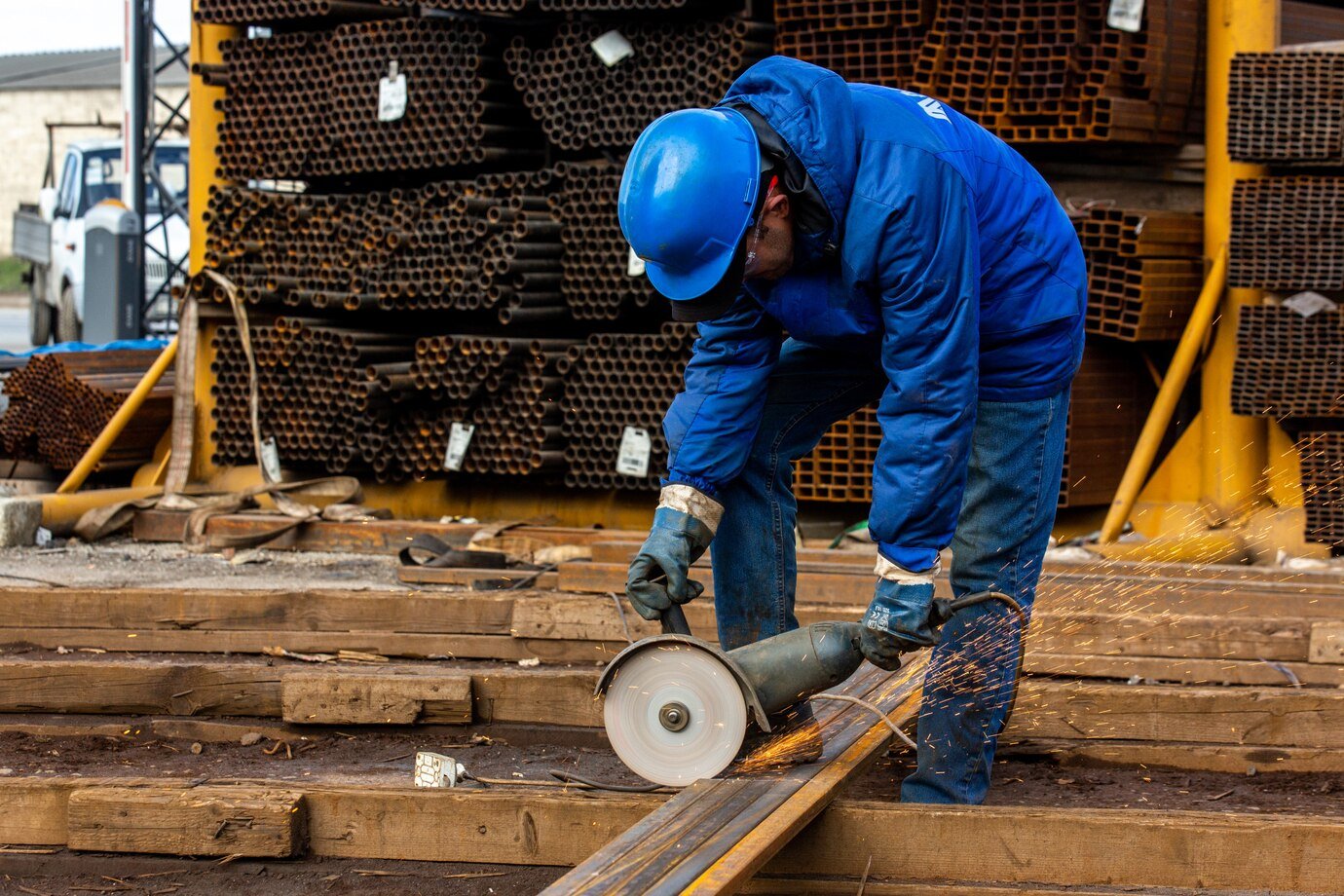PILING LEVEL 2
About this course
Course Title: Intermediate Piling Techniques & Practices (Level 2)
Duration: 5 Days (or modular sessions)
Target Audience: Junior engineers, construction supervisors, piling operatives.
Prerequisites: Basic knowledge of piling (Level 1) or field experience.
Course Contents:
Module 1: Introduction to Piling Operations
Health and safety regulations in piling
PPE requirements
Basic piling terminology
Types of piling rigs and equipment
Site preparation and setup
Module 2: Piling Techniques and Methods
Driven piling methods
Bored piling techniques
Continuous flight auger (CFA) piling
Micro-piling applications
Sheet piling installation
Module 3: Piling Equipment Operation
Rig setup and stabilization
Basic rig operation controls
Pile installation procedures
Equipment maintenance checks
Troubleshooting common issues
Module 4: Materials and Quality Control
Pile materials and specifications
Concrete mixing and pouring for piles
Reinforcement cage installation
Quality control measures
Basic pile testing methods
Module 5: Site Operations and Teamwork
Reading basic piling drawings
Communication on site
Working with ground workers
Environmental considerations
Waste management on piling sites
Each module would typically include both theoretical knowledge and practical assessment components to ensure comprehensive understanding and skill development for Level 2 piling operatives.
Comments (0)
Piling, a core construction technique, involves inserting deep foundations into the ground to support structures, especially when shallow foundations are insufficient. These piles, often made of concrete or steel, transfer loads from the structure to deeper, more stable soil layers. Piling is essential for stability, particularly in areas with weak soil or where structures need to withstand significant loads.
Piling involves driving or drilling piles into the ground to create a deep foundation, which is crucial for supporting structures, especially in areas with weak soil or when dealing with high loads. There are several piling techniques, each with its own advantages and disadvantages, suitable for different soil conditions and construction needs.
Piling equipment operation involves using specialized machinery to drive or bore piles into the ground, providing deep foundation support for structures. This process is crucial for stable foundations, especially in areas with weak soil. Piling equipment can be categorized by its method of operation, such as impact (like diesel or hydraulic hammers), vibratory, or rotary drilling methods.
Materials and quality control is a crucial aspect of ensuring the reliability, safety, and performance of products and systems, particularly in manufacturing and construction. It involves a systematic approach to assessing and managing materials to ensure they meet specified quality standards. This includes inspecting materials, conducting tests, and implementing procedures to identify and correct defects or deviations.
Materials and quality control is a crucial aspect of ensuring the reliability, safety, and performance of products and systems, particularly in manufacturing and construction. It involves a systematic approach to assessing and managing materials to ensure they meet specified quality standards. This includes inspecting materials, conducting tests, and implementing procedures to identify and correct defects or deviations.





